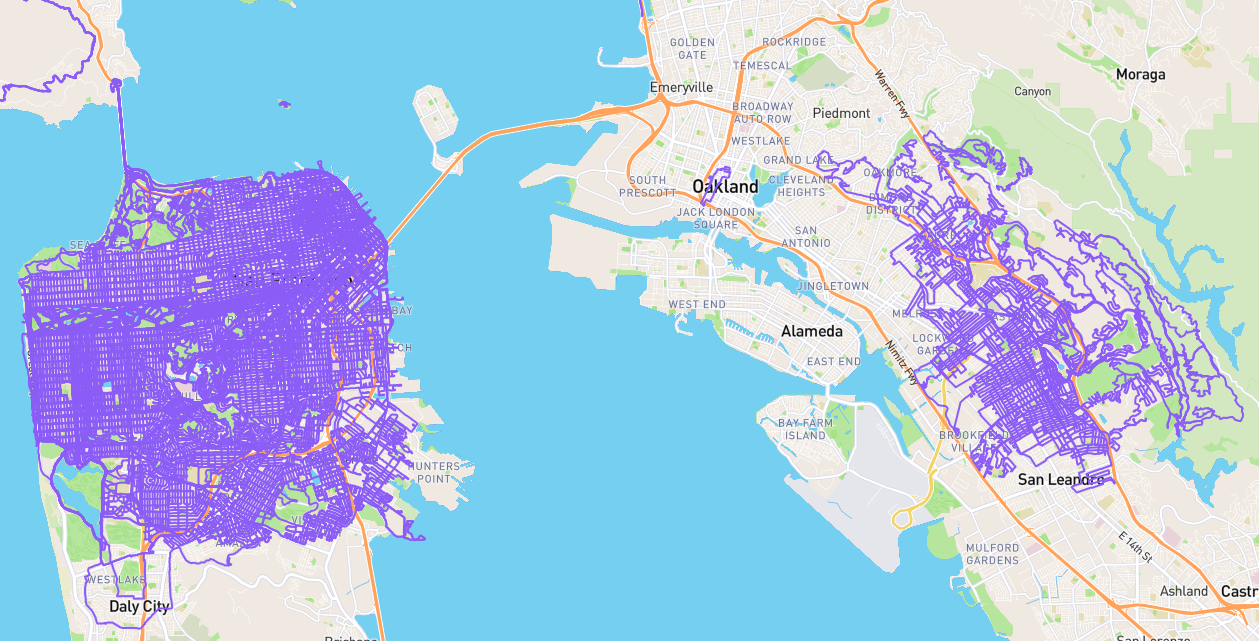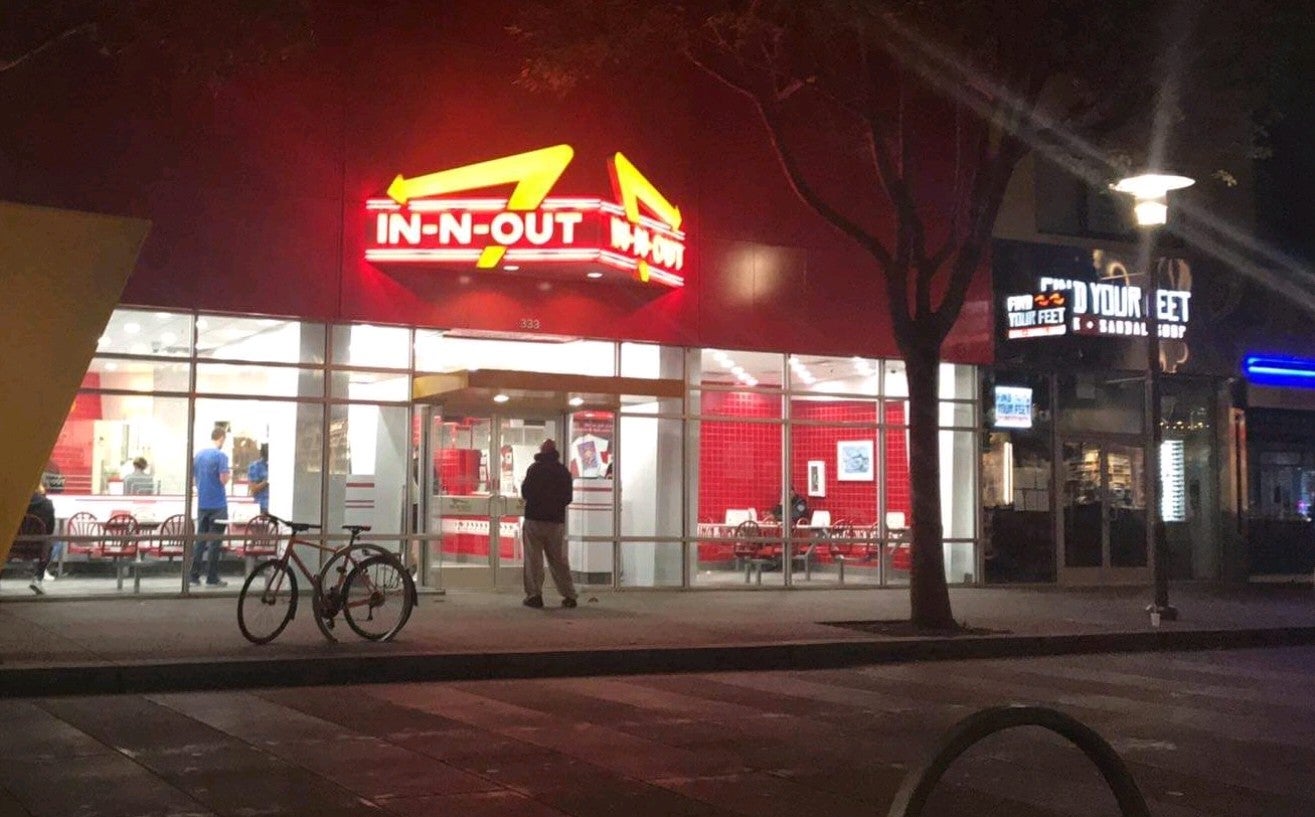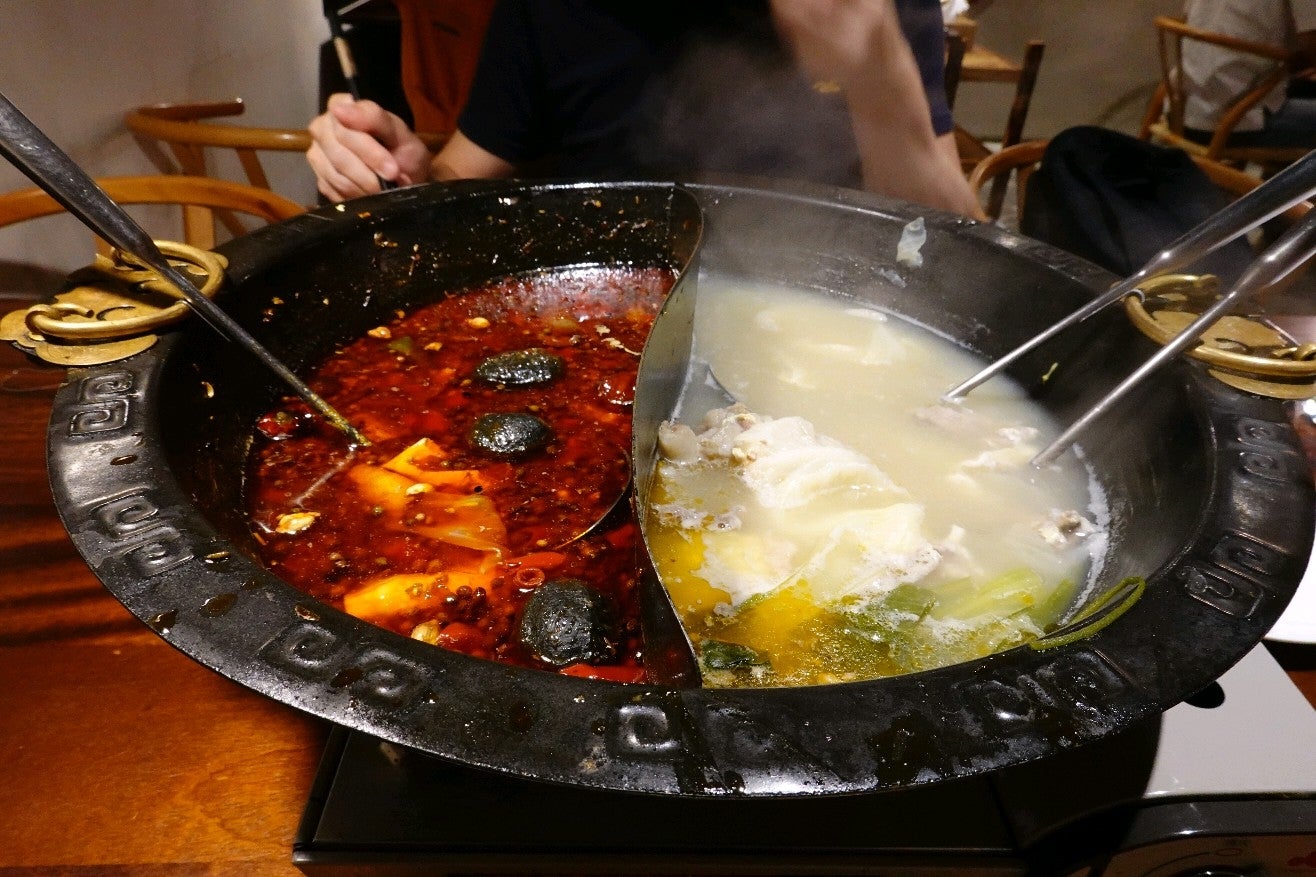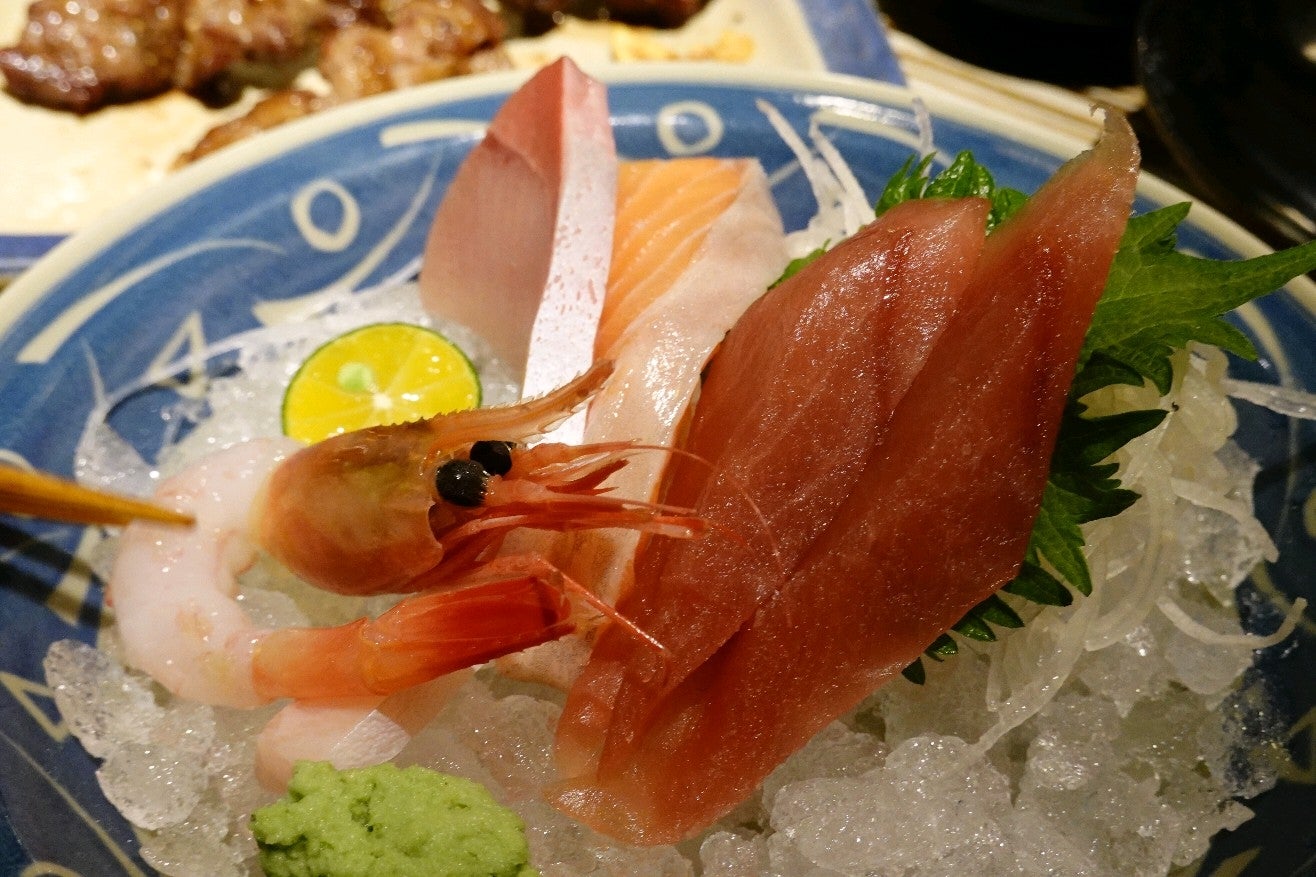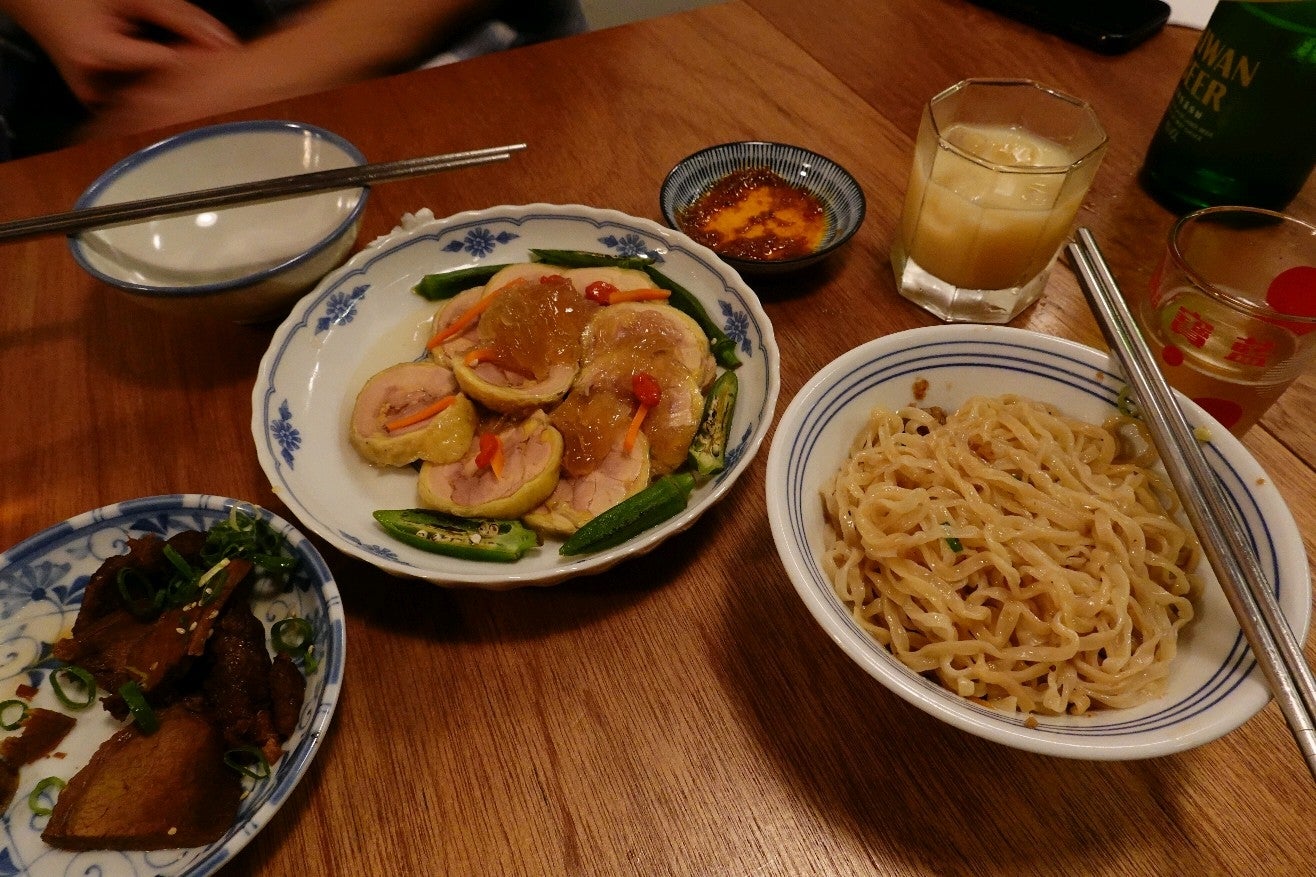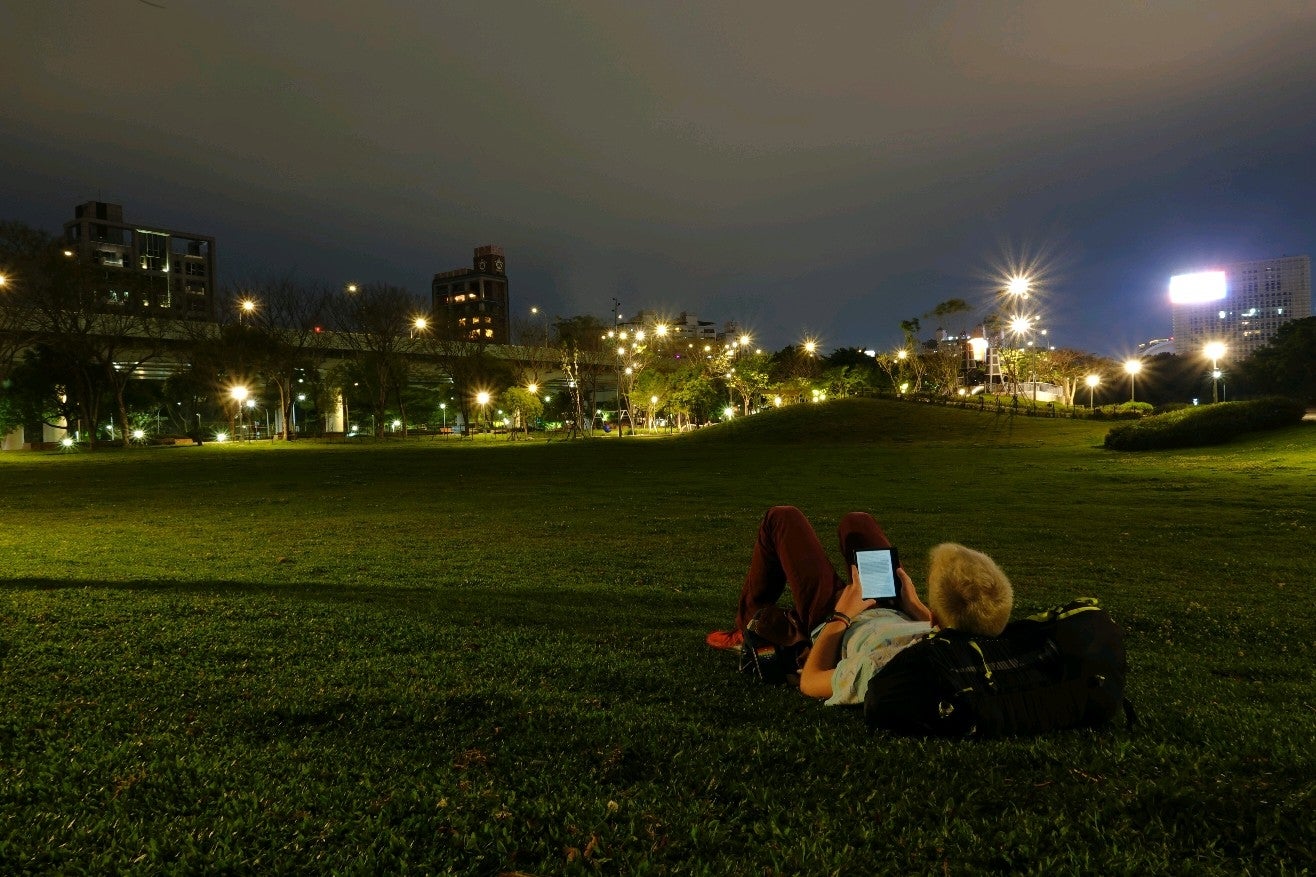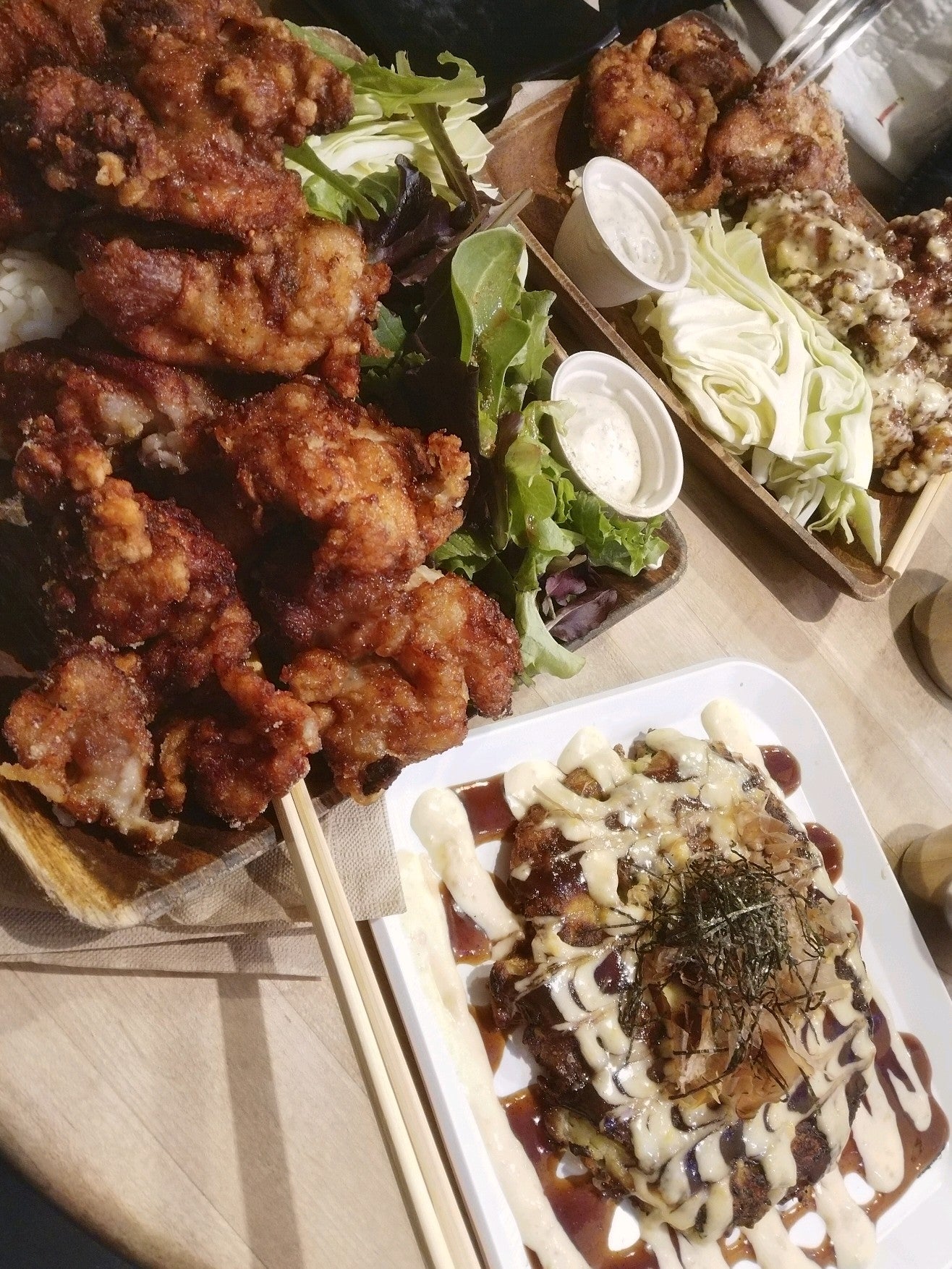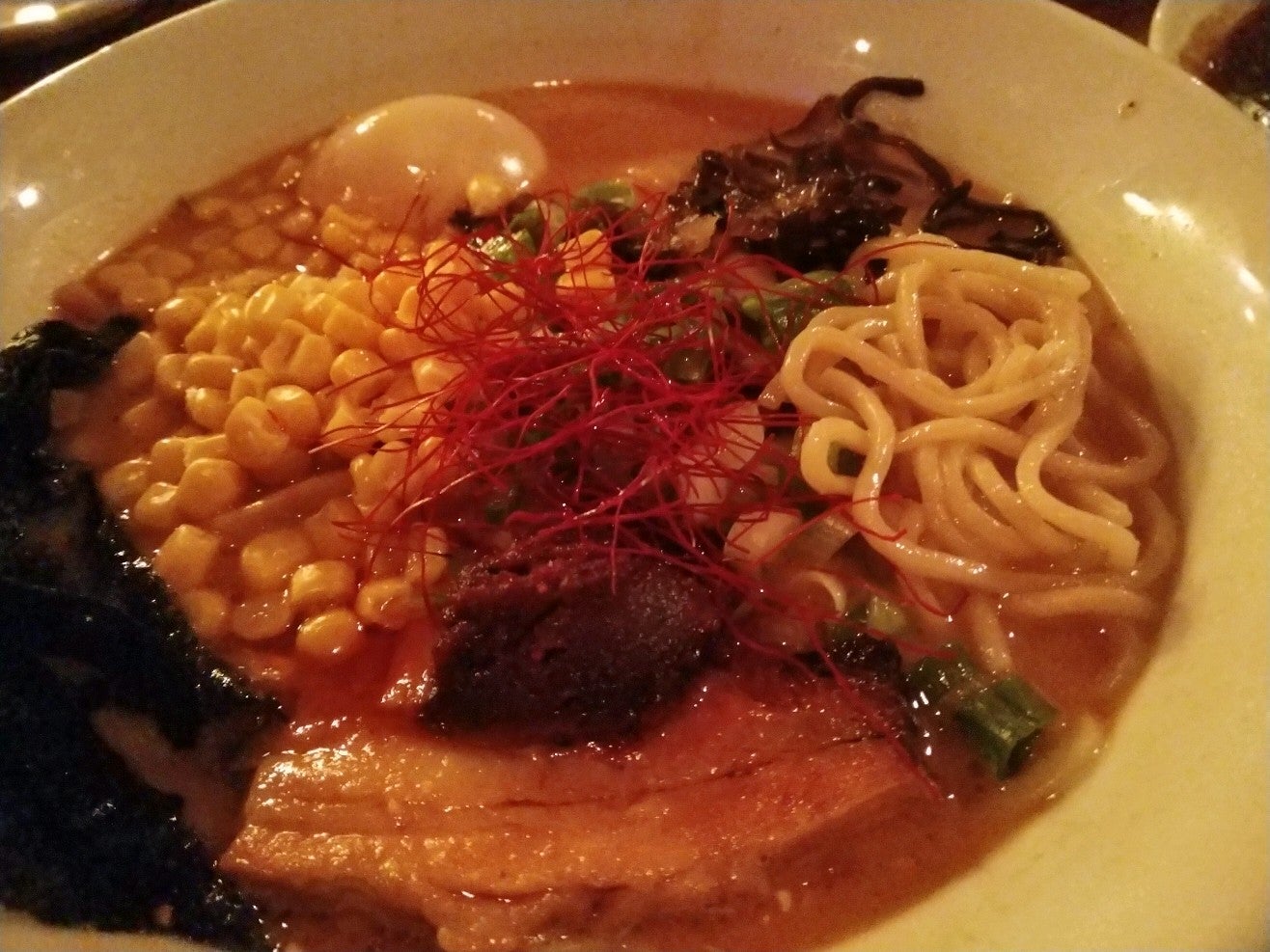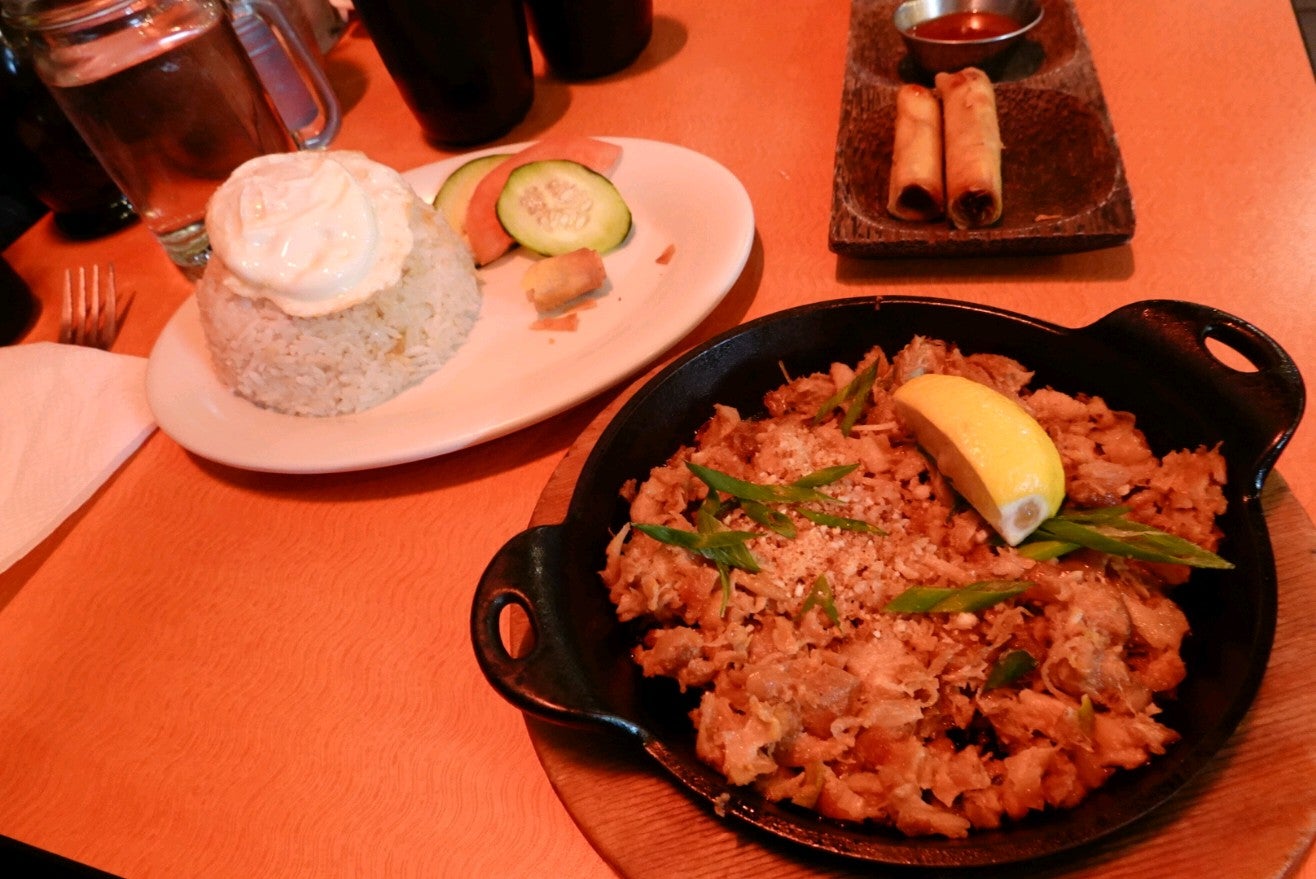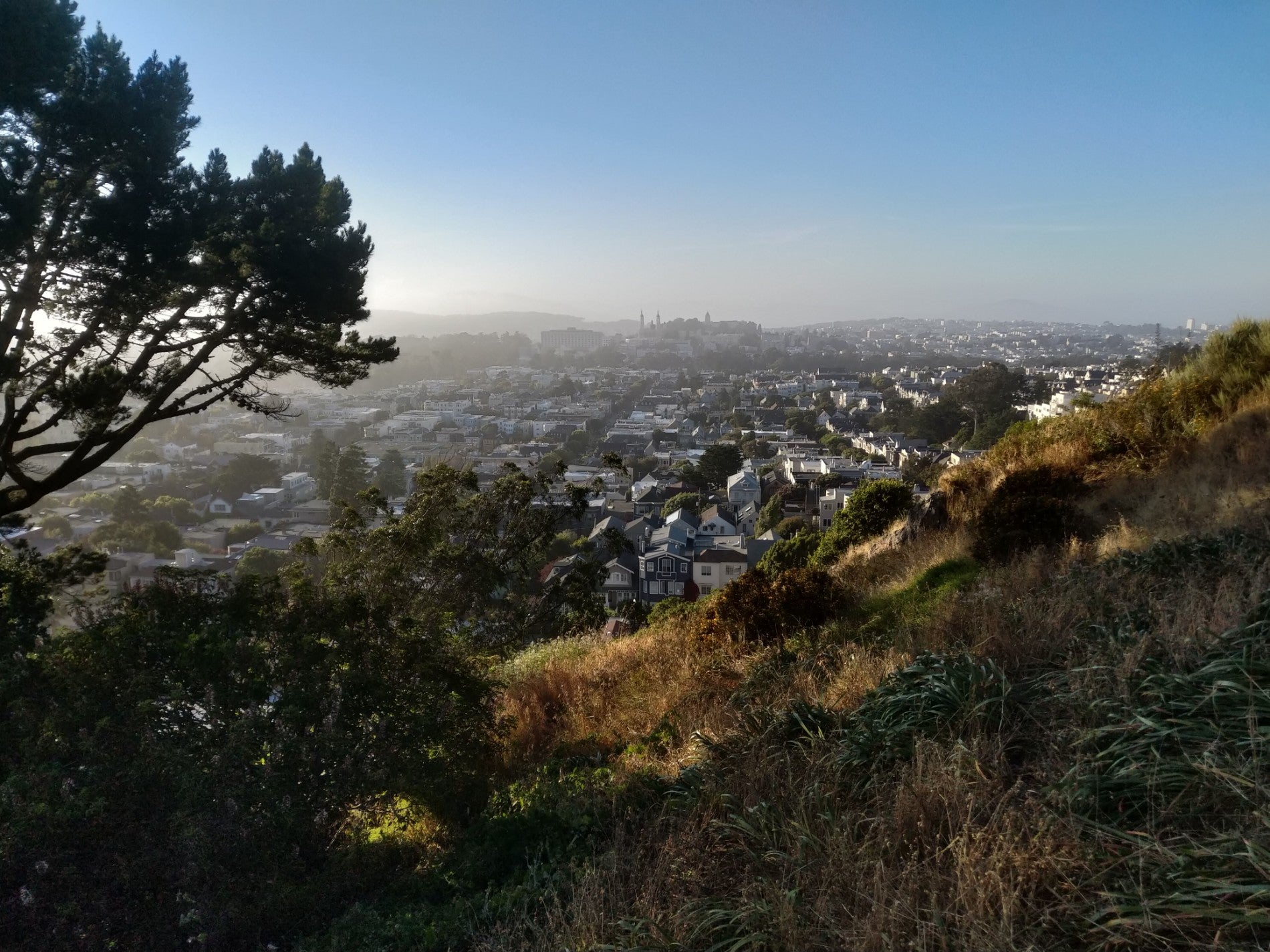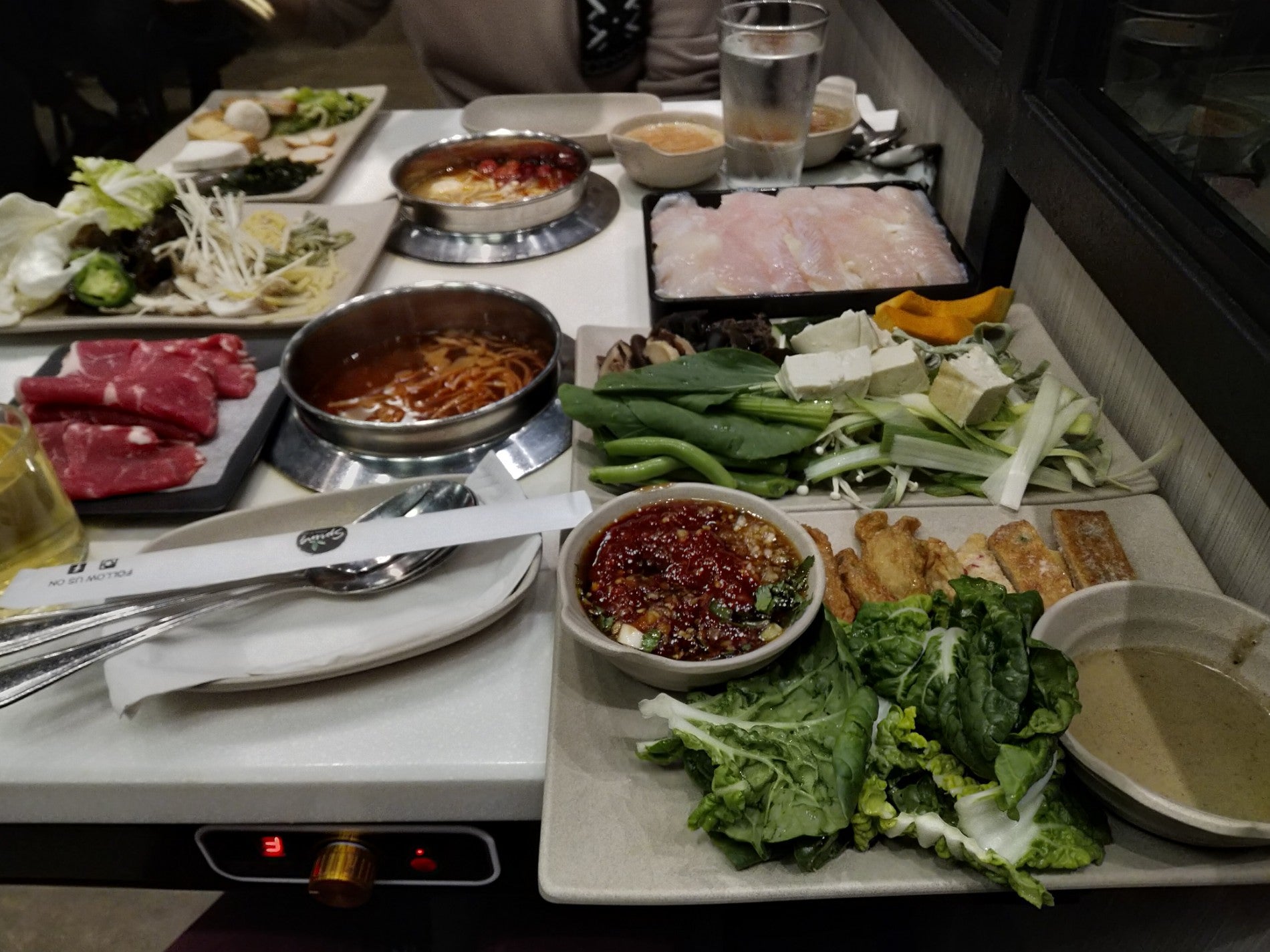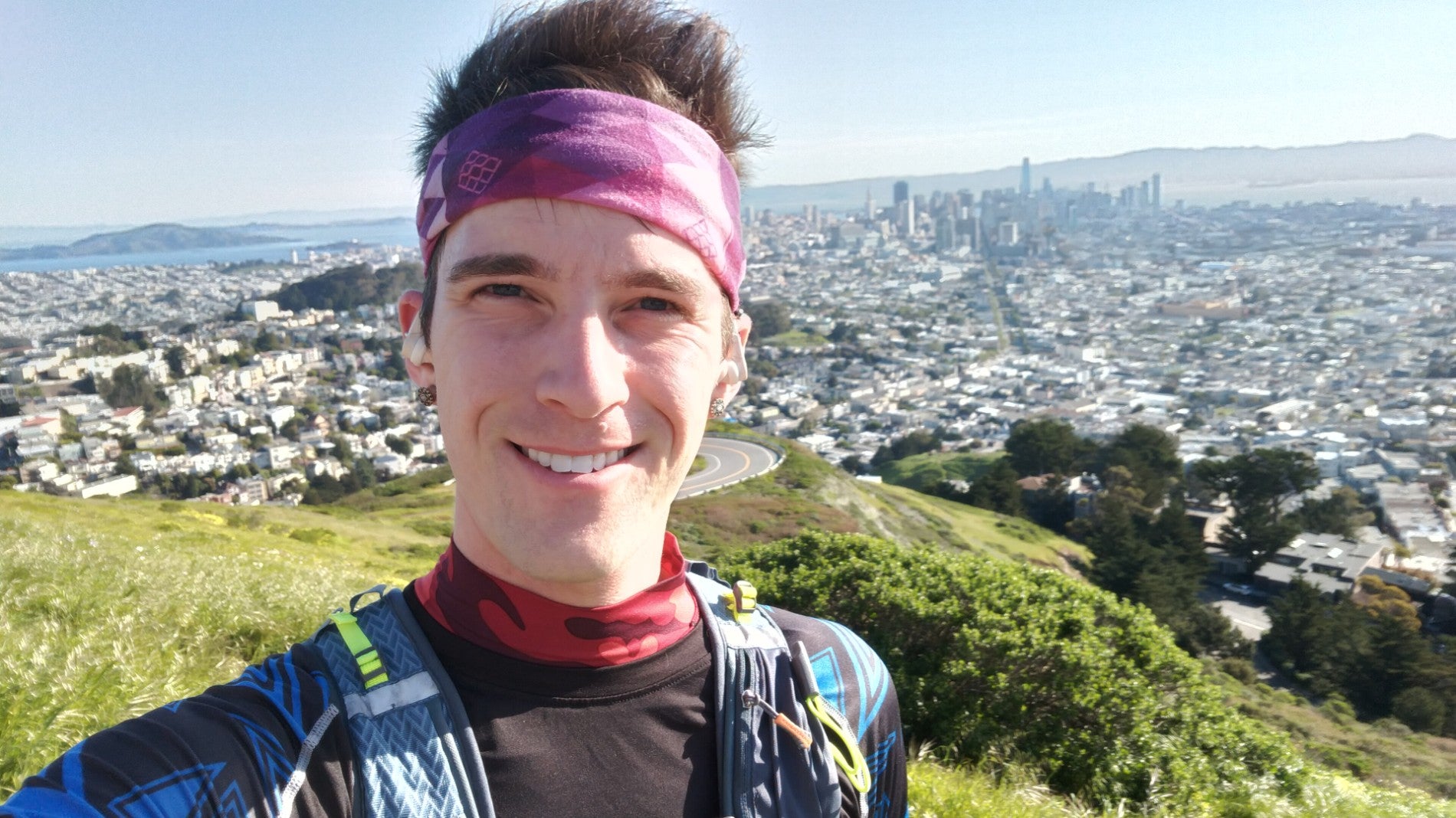On taking notes, and notes on ‘Biocode’
A month ago I started reading the book “Biocode: the new age of genomics” Yizhen left with me after heading back to Chicago. I posted some comments about the personal genomics section, but then I got super busy with work. (That will not be happening again with that particular job; more on that in a future post.)
Organizational struggles
Last week I made time to finish the book. First I had to settle on a note taking system, since I knew I would want to remember to some of the people and places and projects mentioned. Lately I’ve been taking notes on paper, especially when listening to audiobooks on planes and places I don’t want to deal with my computer. But clearly I need a digital solution.
I enjoy using Markdown editors, as I love plain text files and use Markdown whenever possible, such as for writing this blog. I’m not sure where I heard about it, but I’ve been using an OSX app called Mou since at least September 2013 according to a Gmail search. It’s basically a text editor that both shows a live preview and also formats the text you’re editing according to the Markdown syntax. This gives instant feedback for header sizes and things like whether you’ve managed to format links correctly.
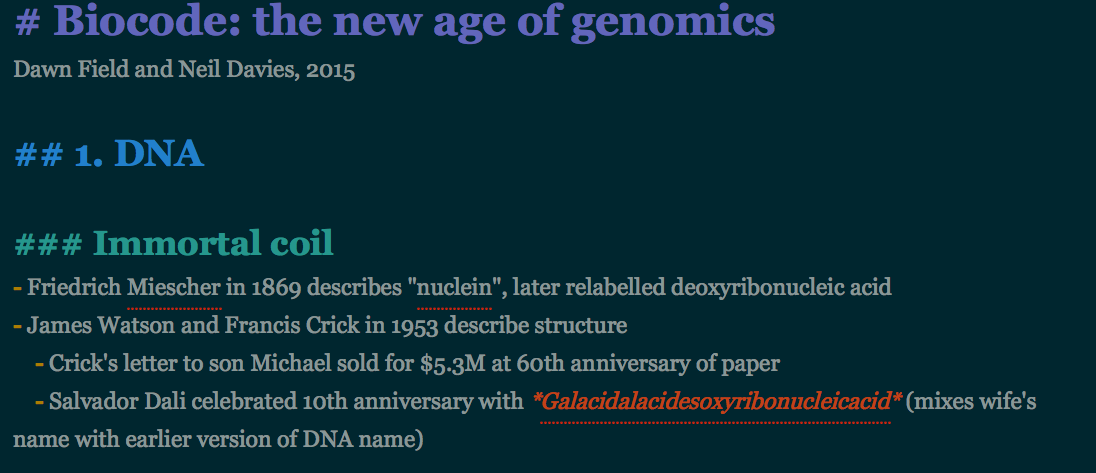
This is Mou, with a custom style sheet I wrote for night time notetaking. The style options are somewhat limited, but mainly I was able to make different sized headings. I'd love to be able to dim the # signs, but it seems you can only do that for list numbers and bullets." class="mt-image-none" height="473
The most annoying things it doesn’t handle as well as I’d like is mask the syntax a bit or handle lists as intuitively as Microsoft Word or Google Docs. Especially with headers, for example, all the # characters can look unkempt. Another OSX app I briefly tried (and wasted $10 on, with no refund request possible. Thanks Apple!) is called “Write - A Note Taking & Markdown Writing App”. It promised Google Drive integration, but that was a lie. The developer promises to respond within 24 hours, but I’ve gotten no response after a week. Apple doesn’t allow requesting refunds, so I am just waiting to see if the developer ever decides to reverse the transaction, which they apparently are under no obligation to do. Anyway, that app did have an interesting way to handle the syntax display through dimming the color and moving the pound characters to the side.
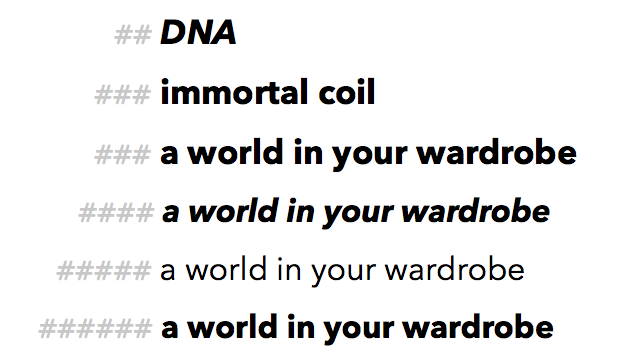
Screenshot of the OSX app Write, whose developer did not respond to requests for a refund." class="mt-image-none" height="356
I also gave Evernote a try, since it’s been all the rage. The first thing I tried to do with it was extract text from a photo of some book tables of contents. Apparently when they say Evernote has OCR, they just mean in an invisible way related to search, and nothing more. Also apparently Microsoft OneNote can do the OCR based text extraction I was hoping Evernote could do, but I am not looking to go deeper into the establishment software sector on this quite yet. So, I am sticking with Mou for now till my note taking needs get more involved. I’ll keep building the little repository of notes I started a while back, because version control is fun.
Brief reflections on the book
So back to “Biocode”. It was written by Dawn Field and Neil Davies and published in 2015. The notes I took are on Github. As mentioned there, they aren’t summary type notes, but rather random things I wanted to remember for later. So perhaps it won’t be very useful for someone looking to skim the book, but maybe the topics would at least let you know if it’d be worth reading.
They book did a great job bringing to my attention just how far science has come in the short years since I graduated.
I have known DNA sequencing is getting cheaper, but I didn’t know sequencing has broadened to the extent many thousands of species, though mostly bacteria, have been sequenced. There were many mentions of the Beijing Genomics Institute, now called BGI, and how it’s an interesting business and research effort that almost immediately became the world’s largest genomics enterprise since it launched in 1999. China! It was also fascinating to read about all the ways people are using genetics, ranging from tracking dog poop owners to prosecuting murders based on cat traces to making portraits based on analysis of DNA found in public, and much more. Sequencing anything and everything is the trend, and will hopefully teach us more than we can imagine about the Earth. I’m most excited about the potentials in analyzing genes across hundreds of thousands of humans, and also in learning about ecosystem change over time, including retroactively learning about species that were present in the past based on ancient DNA found in ice cores and elsewhere.
The existence of genomic mosaics shocked me. That is to say, many people apparently have cells containing different DNA. The most common cause seems to be cancer, which makes sense since those mutated cells of course multiply, but might not always become obvious and malignant. More shockingly, in one study, 63 percent of previously pregnant women’s brain neurons contained Y chromosomes originating from male offspring or father. Other causes involved nonlethal mutations in early development. Relatedly, a large part of who you are might be encoded in your DNA but not in the sequence itself. Epigenetics that affect expression of particular genes have been found to be passed on through generations. This means when we sequence someone’s DNA, we might be missing some important parts, such as the epigenetics and possibly multiple genomes coexisting in various cells in the same body.
While I’ve known for a while the so called junk DNA actually does have a function, it was remarkable to read about the variety of genome sizes discovered so far. While some viruses have only 300 base pairs, the Norway spruce, Picea abies, apparently has 20 billion base pairs due to transposons, discovered in 1948. Humans have a measly 3.2 billion coding for 20,000 genes. Though, based on what we know now of the noncoding DNA, we might have more like 160,000 genes in a sense.
Much of the book focused on developments in environmental and systems genomics, including mention of dozens of projects aiming to sequence and understand just about everything. I appreciated the focus on microbiomes, as I’ve learned much in recent years about the importance of microbes on everything from our digestion and immunity and brain chemistry to soil and farming and climate regulation. I’m sure those fields will yield unimaginable knowledge critical to our survival in coming years.
In addition to the sheer numbers of microbes within us doing who knows what, the sheer number of species of microbes everywhere scientists look is flooring. Projects like Craig Venter’s Global Ocean Survey have found many thousands of species of microbes, including many new ones, and millions of genes. One interesting tidbit was about Jack Gilbert’s research involving sequencing ocean microbes over time. He found the microbe profile changes with and is predictive of the time of year. Some species seemed to disappear at times. Then a deeper analysis of one sample showed all the species were actually present all the time, but some were such low numbers they weren’t detected previously. This gives me some hope species that seem to have been extinguished from areas around the world might still be salvageable, assuming the loss is a bad thing.
Along those lines, the authors compared the “richest 1 percent” phenomenon to humanity’s effect on biodiversity. Perhaps income inequality is as worrying as the inequality of the genes represented by our modern farming monocultures and the genes being lost to environmental destruction.
The book covered much more; that’s just a taste. I did find a few mistakes and thought the writing could flow better at times, but overall it was fascinating and worth the read.

